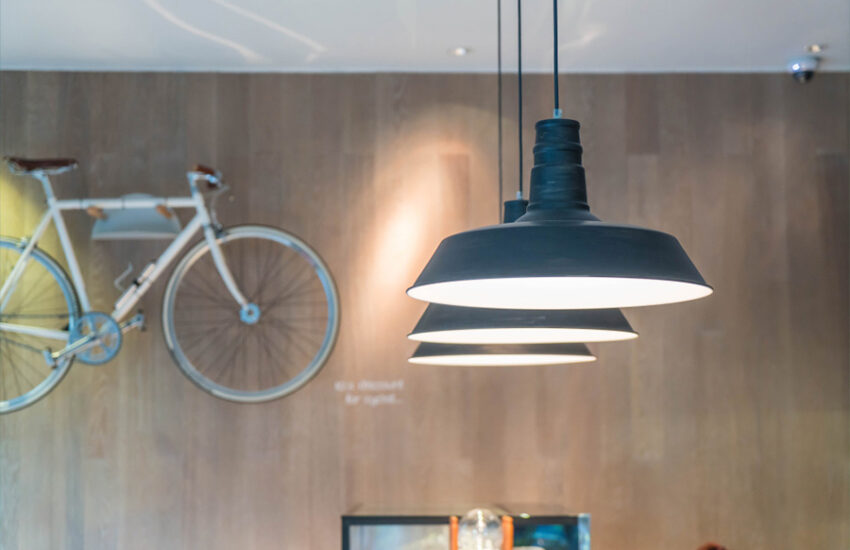In recent years, there has been significant demand for what are known as multifunctional spaces, rooms that can offer a variety of purposes and change between them efficiently, generally with the support of modular design, such as folding desks and adjustable furniture. These designs when considered within the context of a home are easy to understand but much more challenging to accomplish, especially when attempting to keep coherent designs between the two. Thankfully, however, recent improvements in furniture design, as well as the general demand for multifunctional spaces, have made multifunctionality even easier to bring into a living space.
There are a number of reasons as to why the demand for multifunctional living spaces has risen, with the most significant being remote working in the wake of an international pandemic. Almost immediately after the winter of 2020, many professional roles began working remotely, opening up opportunities for these positions to be made permanently available to employees. With many choosing to opt for teleworking options, demand grew for office spaces that could fit easily within the home.
Creating an office space, however, isn’t enough and, while installing a desk and filing cabinet into a guest room does make it multifunctional, there are degrees to the design. Since many remote workers are needing to create professional areas in rooms already designed for other purposes, as well as in smaller living spaces, there is a need for the multifunctional aspect to also be modular, enabling furniture to adapt depending on immediate needs.
This is why folding desks are in demand, because they enable a space to offer professional utility while also having the option to be concealed later on. This serves the purpose of minimising the overcrowding of a space and allows for improved mutually exclusive opportunities. Gardens are also popular as multifunctional opportunities too, with many choosing to construct log cabins and summer houses, allowing them to utilise the outdoors with indoor potential.
While the motivation for variable living space design has been out of necessity, many residents are now seeing that the benefits of modular furniture and multifunctional design can actually be enjoyed regardless of a property’s size or a resident’s professional needs. Kitchens, for example, can be designed in such a way that preparation areas can be expanded and concealed, allowing for more space to be enjoyed when meals aren’t being prepared. Children’s play areas can be helpfully contained when not in use, allowing children to have a dedicated area for activity but that, when not in use, becomes a tidy room used for other purposes.
As multifunctionality does grow in popularity, it also necessitates a change in design preferences. The aesthetics of a room must be more versatile or neutral, allowing them to complement the various designs in place. Room dividers and modular lighting are meeting many of these needs, allowing for open-plan spaces to be contained and redesigned promptly, so as to suit various needs.






